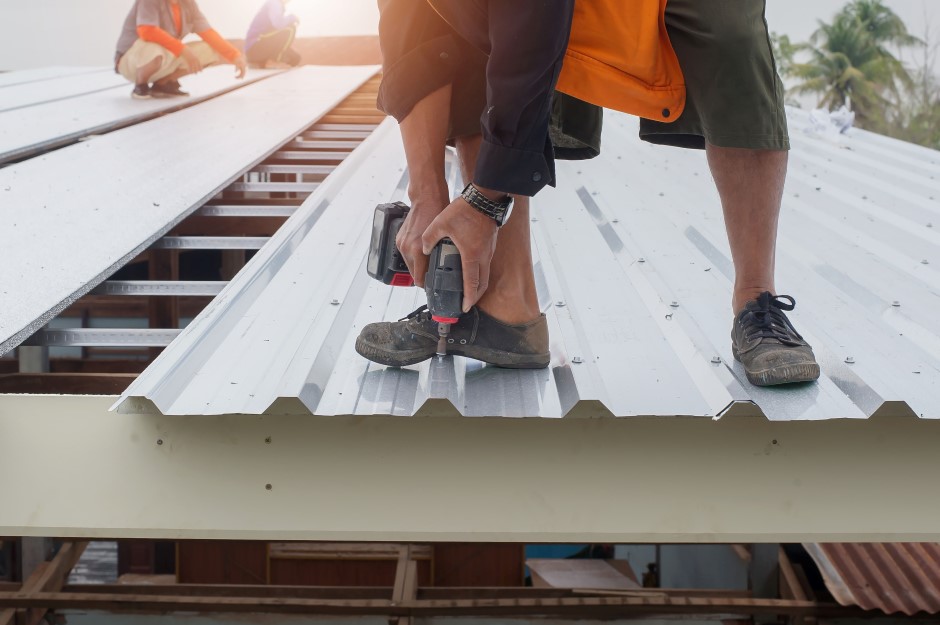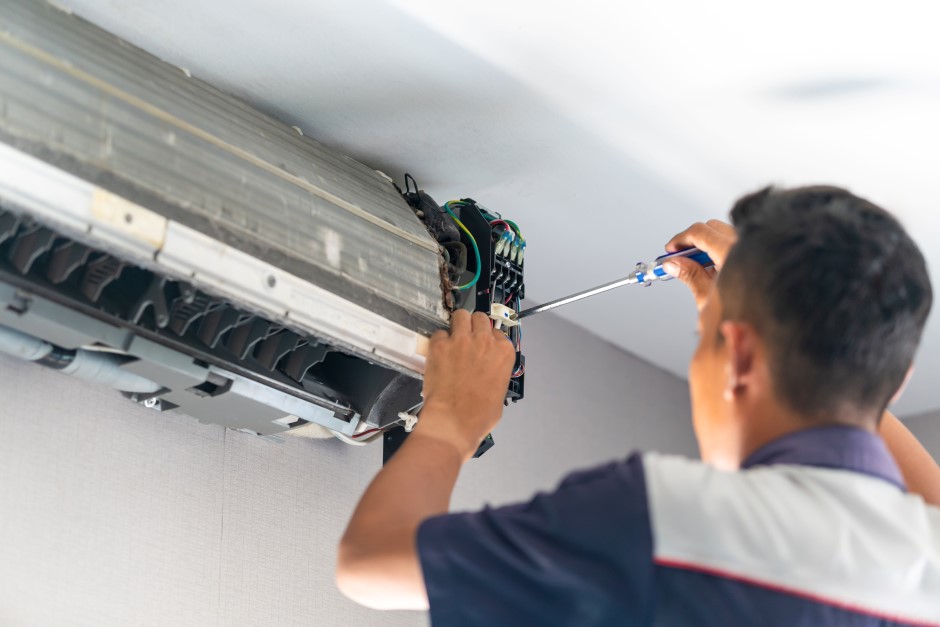
Tree transplanting can be a challenging endeavor. Do it during the dormant season, prepare the new spot, handle the root carefully, water and mulch afterward and keep constraint monitoring. That is the recipe for success!
Read our complete guide for essential tips and techniques for successful tree transplanting, covering various aspects such as tree size, optimal timing, methods for different tree types, and overcoming transplant shock.
How To Transplant A Tree?
Whether you want to transplant a tree because of shaded spots or for a new landscape look, keep calm and follow these five tips below.
- Transplant during the dormant season.
- Prepare the new location.
- Carefully handle the root ball.
- Water and mulch properly.
- Monitor and provide ongoing care.
Keep a close eye on the tree days and weeks after the transplant, and monitor its progress.
How Big Of A Tree Can You Transplant?
Generally, smaller trees with a diameter of up to 2 inches are easier to transplant successfully. However, with the right techniques and equipment, larger trees can also be relocated. This job may involve heavy machinery to ensure a safe and successful transplant.
When Is The Best Time To Transplant A Tree?
The ideal time to transplant most trees is during their dormant season, typically in late fall or early spring. Transplanting during dormancy minimizes stress on the tree, as it is not actively growing and can focus on establishing its root system in the new location.
How To Transplant Trees From Woods?
Transplanting trees from wooded areas requires special care, mainly to ensure the survival of the tree and to minimize the disturbance to the surrounding ecosystem.
- Identify the tree species.
- Search more about its adaptability to a new location.
- Carefully dig around the root system, ensuring to keep the soil intact as much as possible.
- Promptly replant it in a suitable area with similar soil conditions, ensuring proper watering and maintenance during the establishment period.
If the tree suffers from shock, it's up to you to help!
How To Fix Transplant Shock In Trees?
To alleviate transplant shock, minimize stress, and support the recovery, start by pruning back a portion of the canopy to reduce water loss. Adequate watering is essential to help the tree reestablish its root system. Applying mulch around the tree can also help retain moisture and regulate soil temperature.
Everyone knows the reasons to plant a tree at home, but not everyone knows how to take care of them. It is all right for you to learn with the experiences too.
How To Transplant A Banana Tree?
Start by selecting a healthy tree and digging around its root ball, ensuring it retains as much soil as possible. Choose a new location with well-draining soil and sufficient sunlight. Plant the tree at the same depth as it was previously, and water thoroughly after transplanting.
Maintain consistent moisture levels and provide proper fertilization to support the banana tree growth in its new home.
Remember that transplanting a banana tree requires careful attention to its unique characteristics.
How To Transplant A Money Tree?
Prepare a new pot with well-draining soil and ensure it has sufficient drainage holes. Place the money tree in the new pot, backfilling it with soil and lightly pressing it down. Water the tree thoroughly and provide indirect sunlight during the initial recovery period. Place the tree close to a small water fountain and create a peaceful atmosphere.
How To Transplant A Palm Tree?
Follow these five steps!
- Begin by pruning any dead or damaged fronds to reduce stress on the tree.
- Dig a wide and shallow hole around the palm tree, exposing the root ball carefully.
- With the help of additional personnel, gently lift the palm tree, ensuring the root ball remains intact.
- Transplant the tree into its new location, making sure it is planted at the same depth as before.
- Water the tree generously and provide shade until it adapts to its new environment.
Attention! Transplanting a palm tree requires careful handling to avoid damage to its root ball.
How To Transplant A Pine Tree?
Start by choosing a healthy tree and digging a wide hole in the new location, ensuring it is deep enough to accommodate the root system. Carefully remove the pine tree from its current location, ensuring minimal disturbance to the root ball. Transplant the tree into the prepared hole, backfilling it with soil and gently firming it around the roots.
Water the pine tree and apply mulch to retain moisture and regulate soil temperature.
How To Transplant A Fig Tree?
Begin by pruning the branches of the tree to compensate for root loss during transplantation. Dig a hole in the new location that is deep and wide enough to accommodate the root ball. Gently remove the fig tree from its current position. Place the tree in the prepared hole, ensuring it is planted at the same depth as before.
Water the fig tree generously and provide shade during the initial recovery period. Be aware because transplanting a fig tree can be a delicate process due to its sensitive root system.
Tree transplanting is not a piece of cake, and you may be tired just from reading the instructions! Ehardhat's lawn maintenance services will guarantee the successful transplant of your beloved tree without shock and diseases. Call our contractors to help you out.






